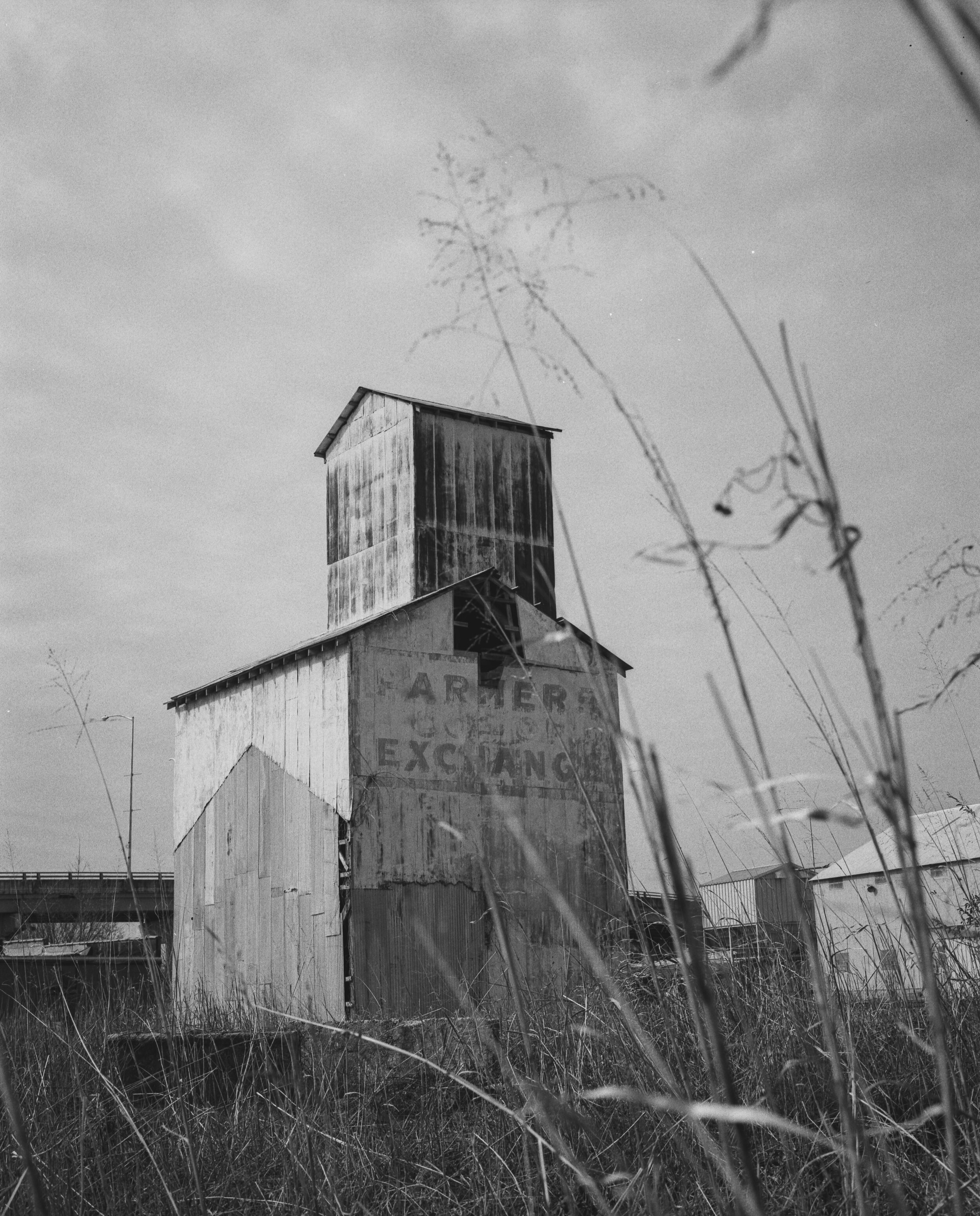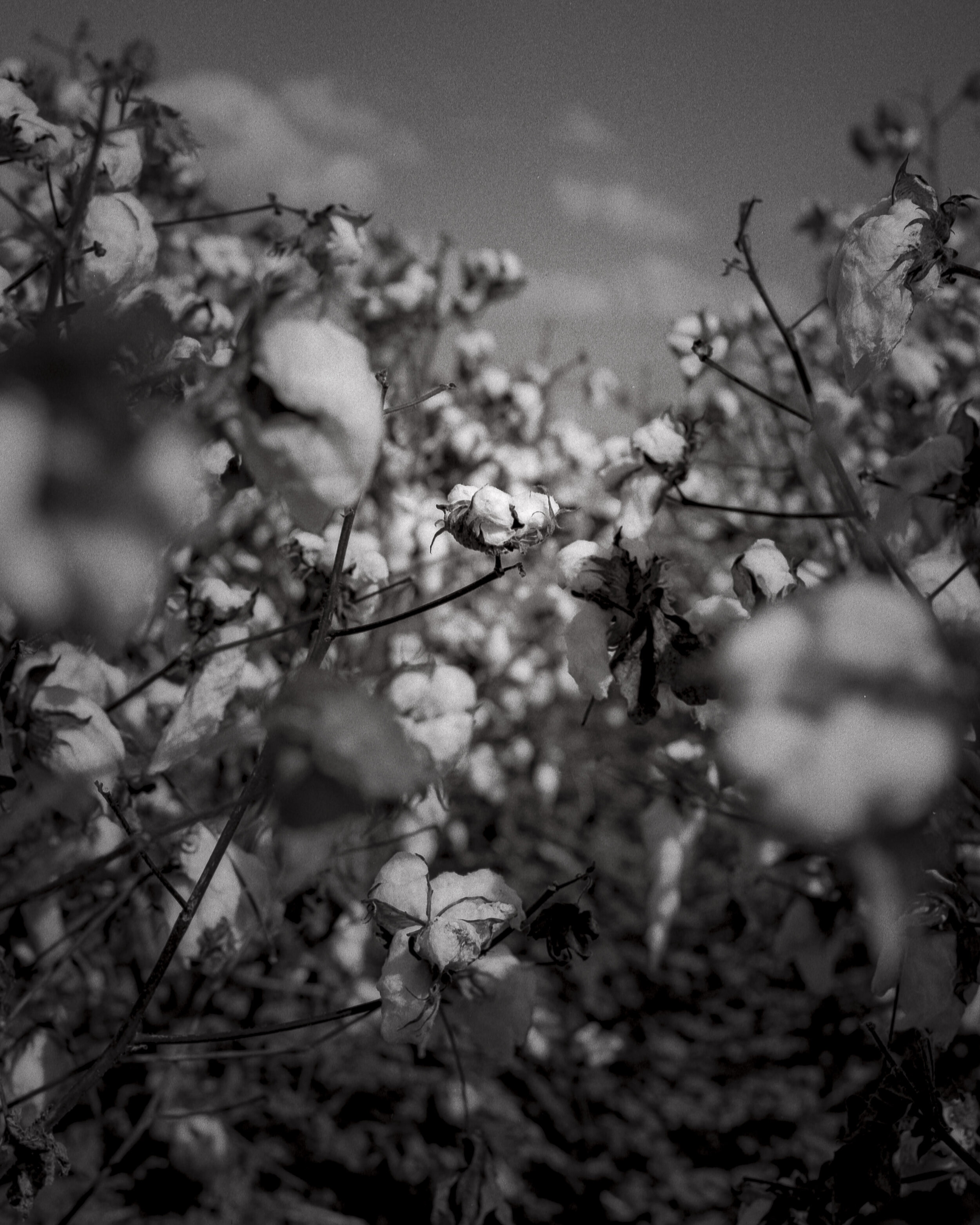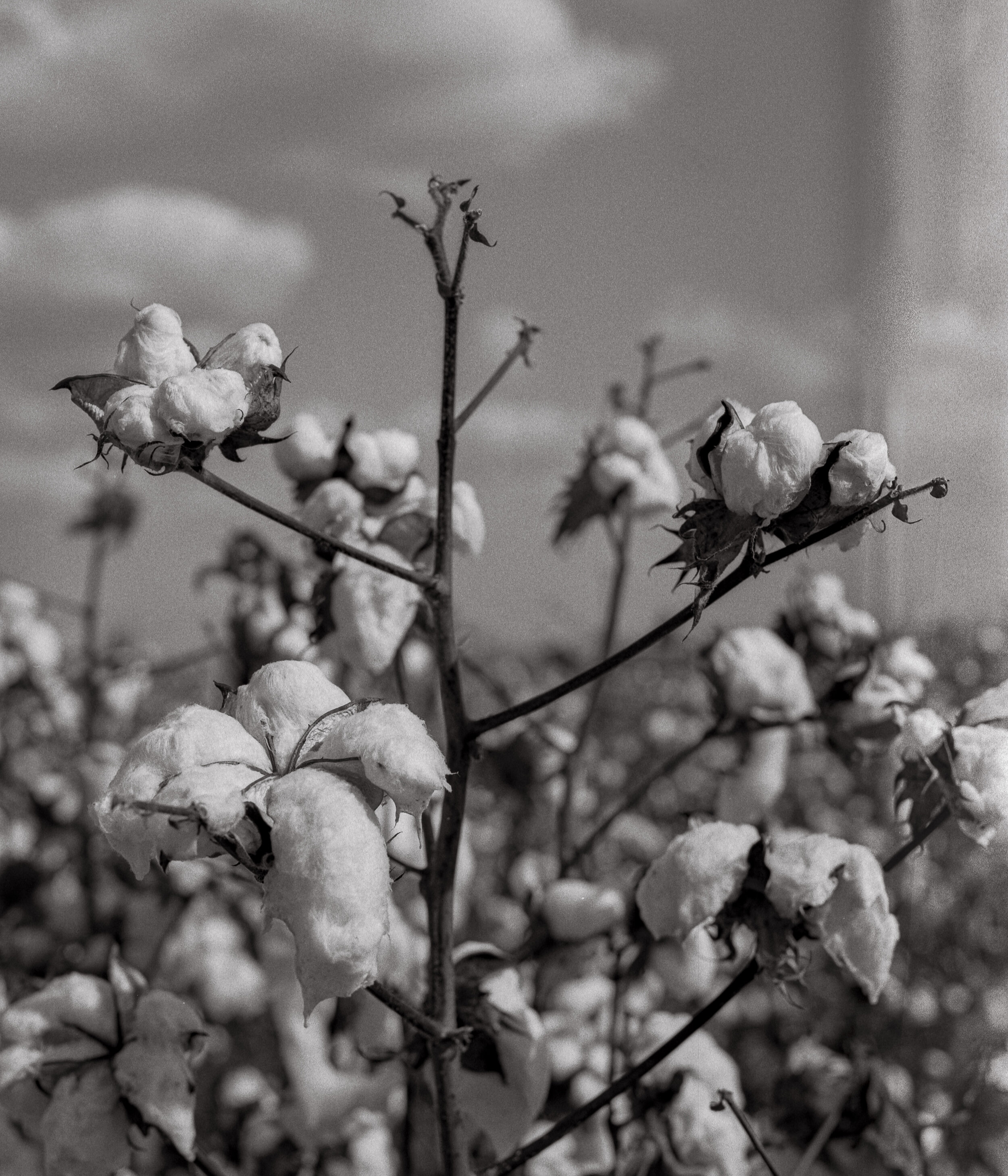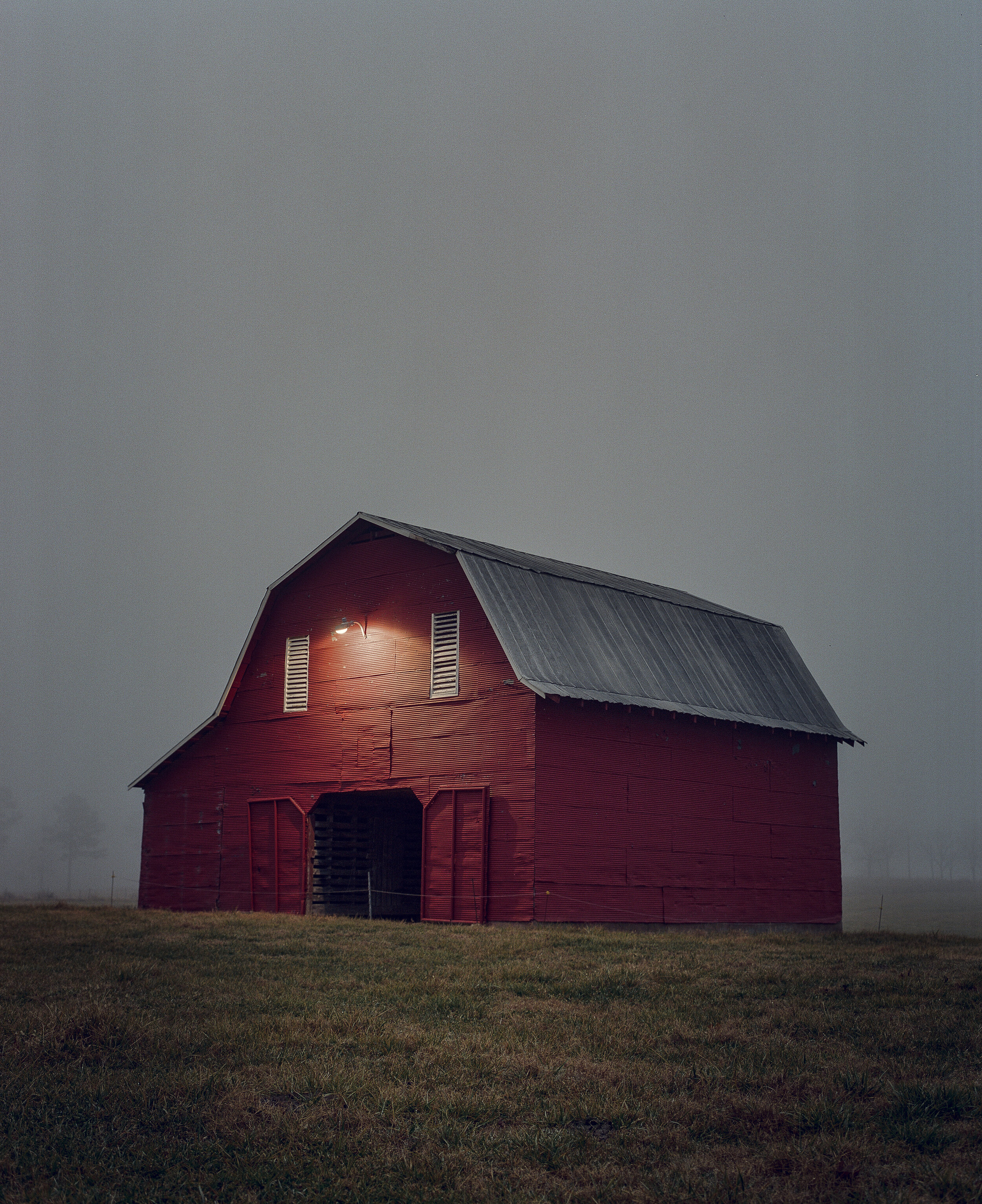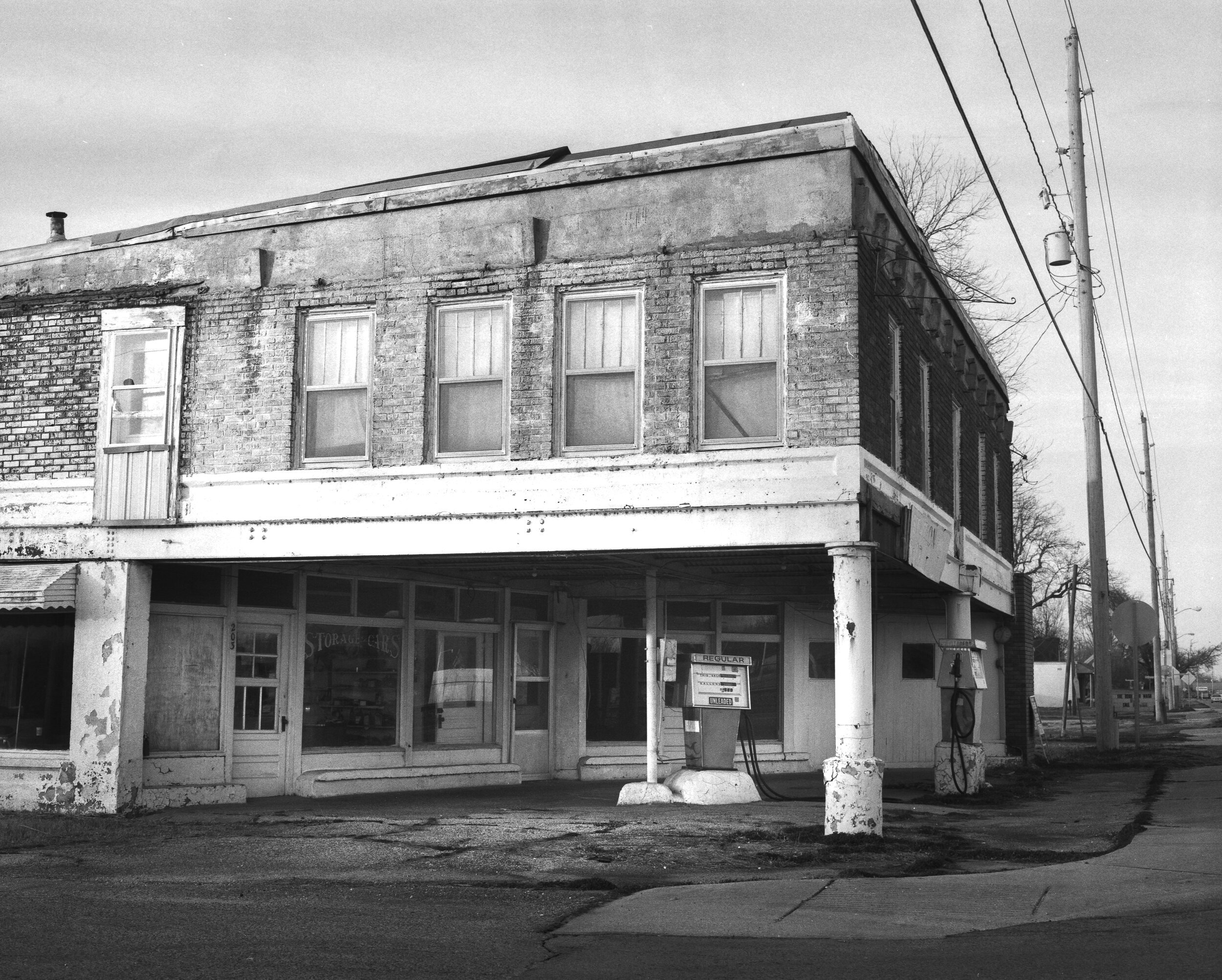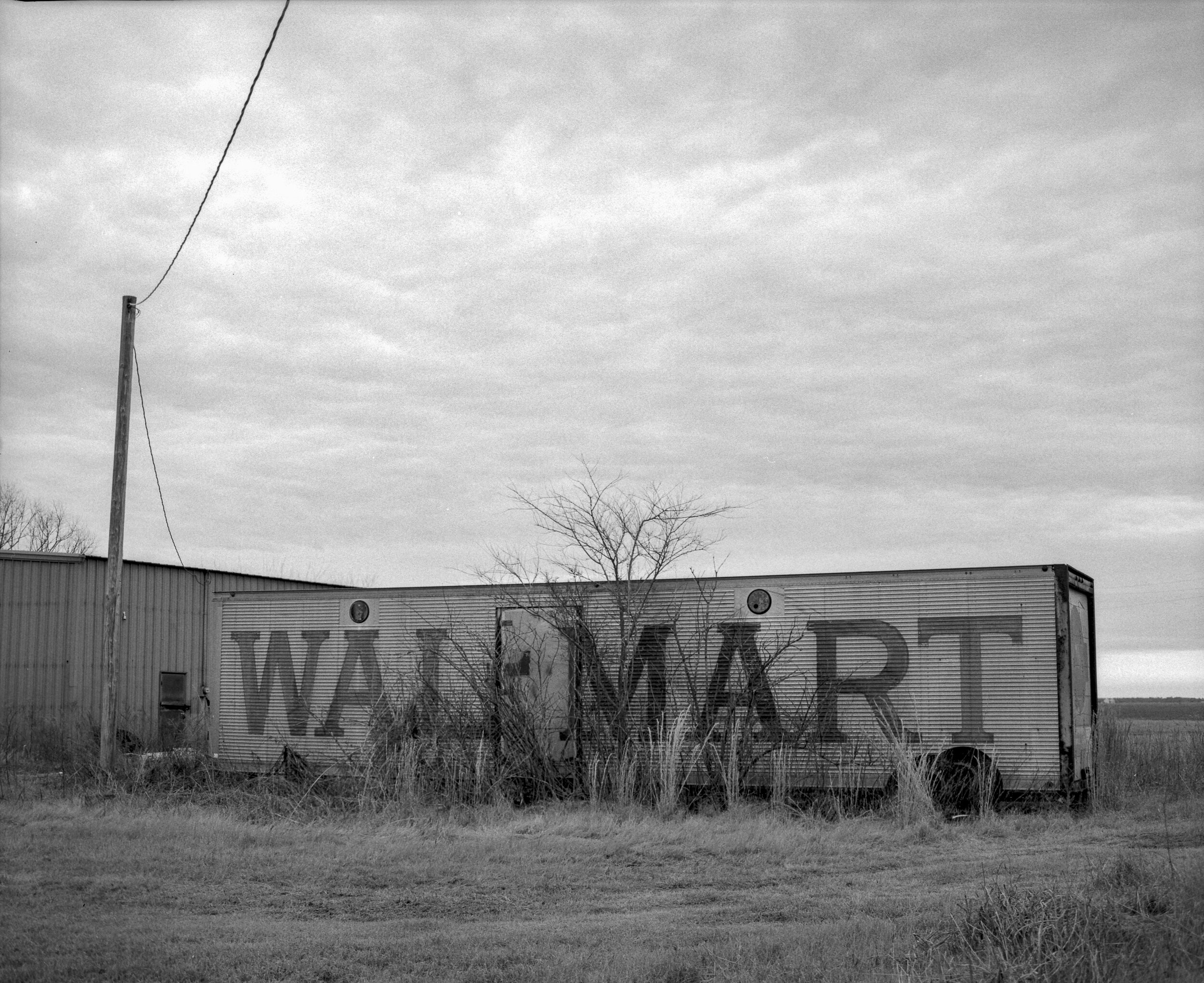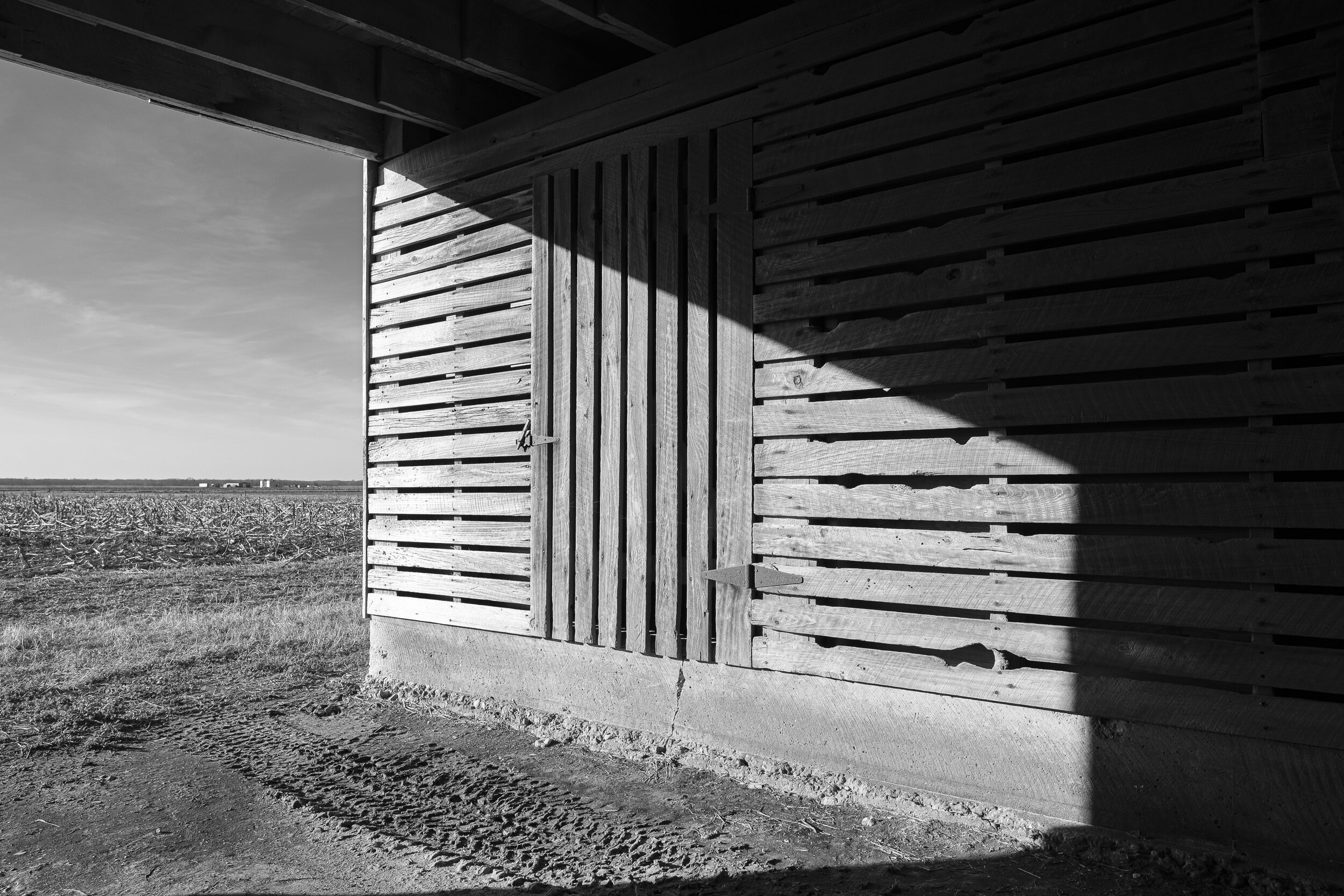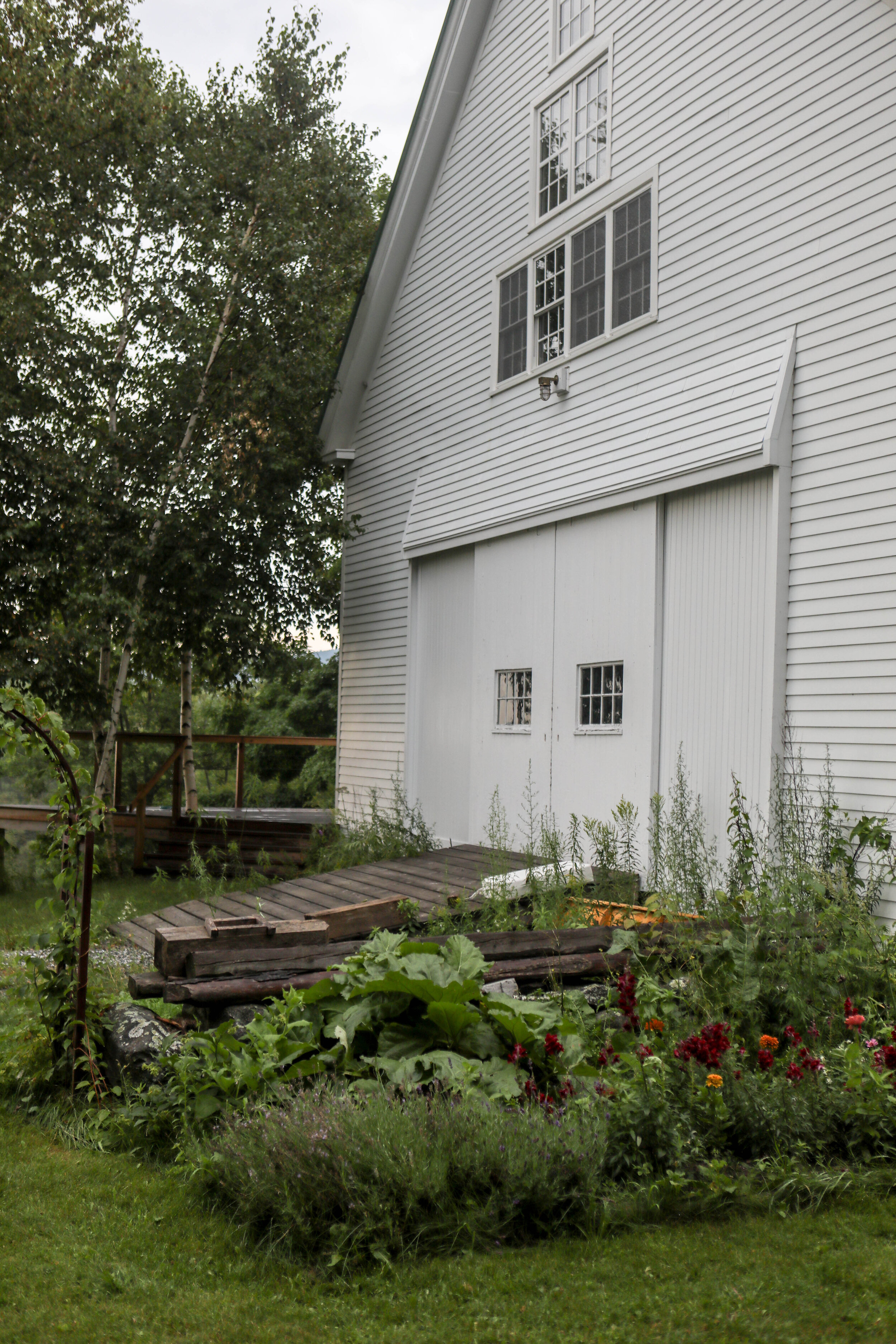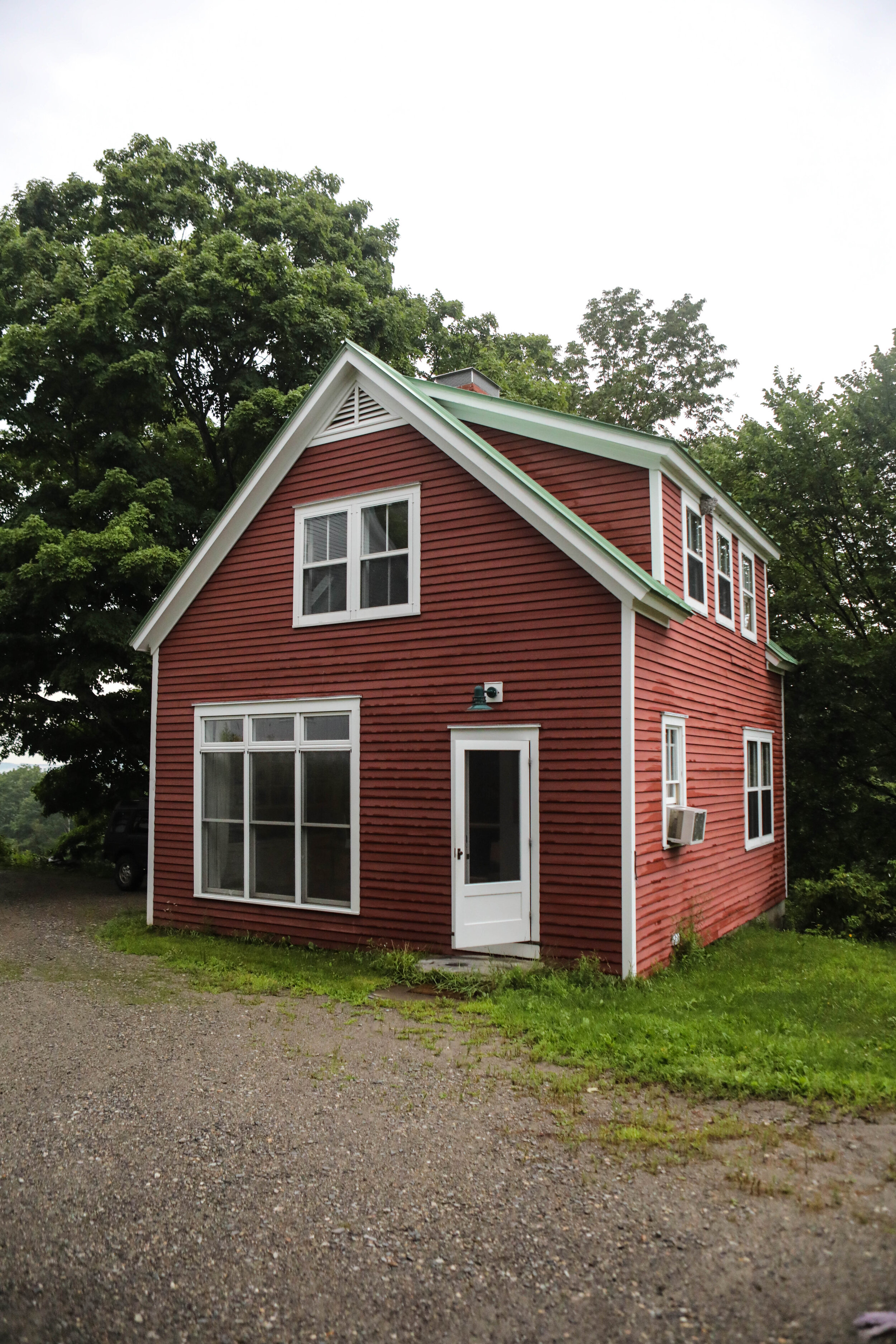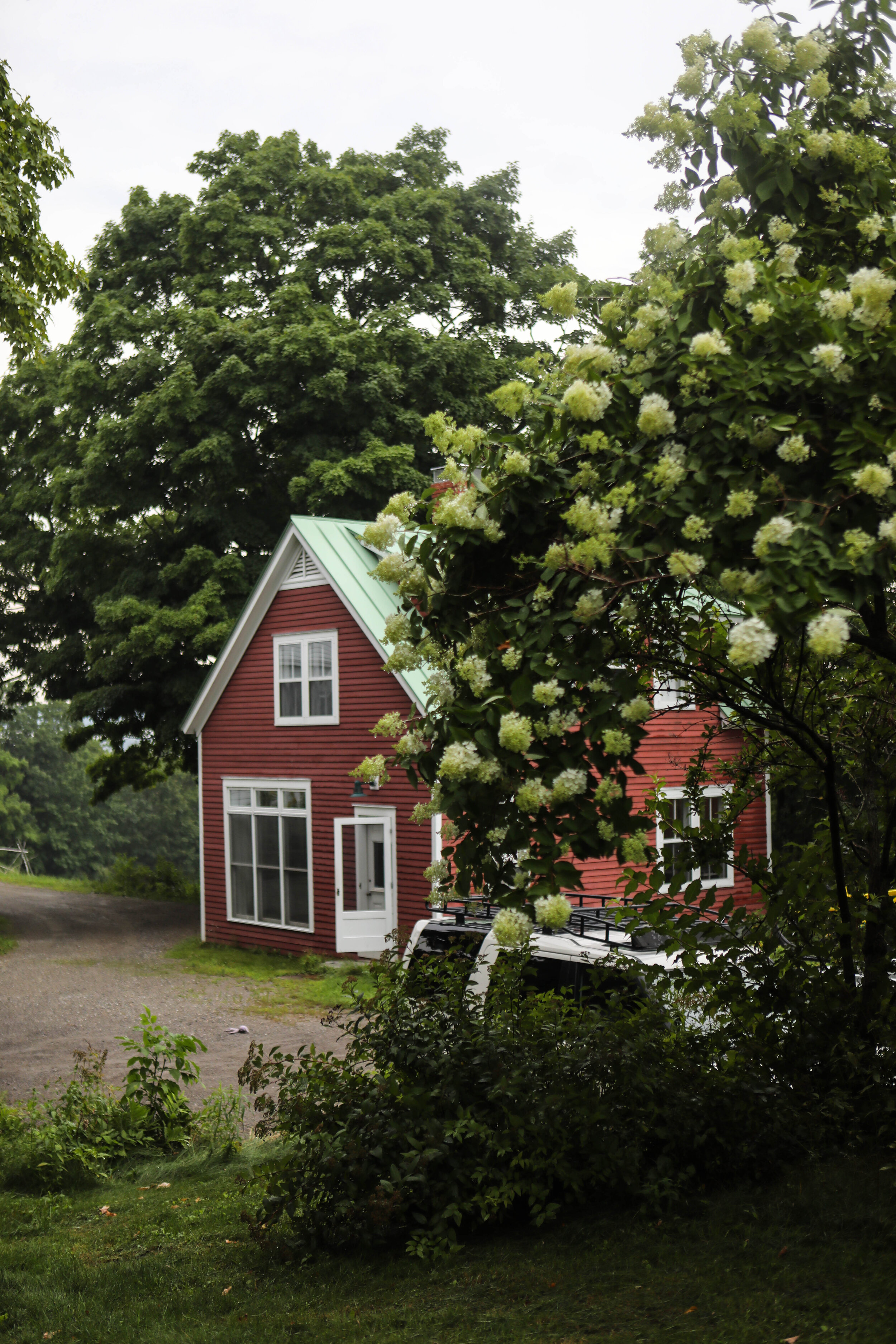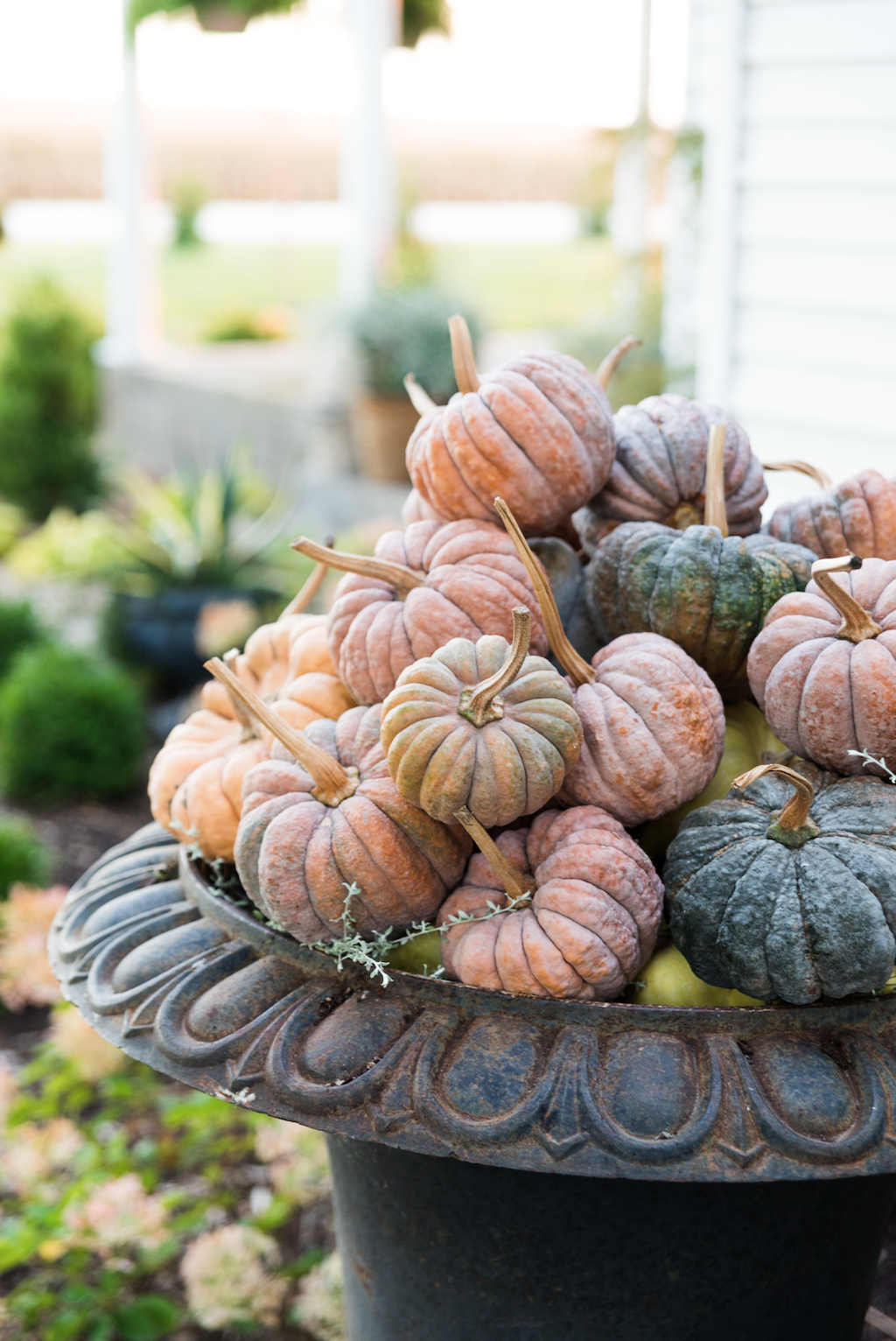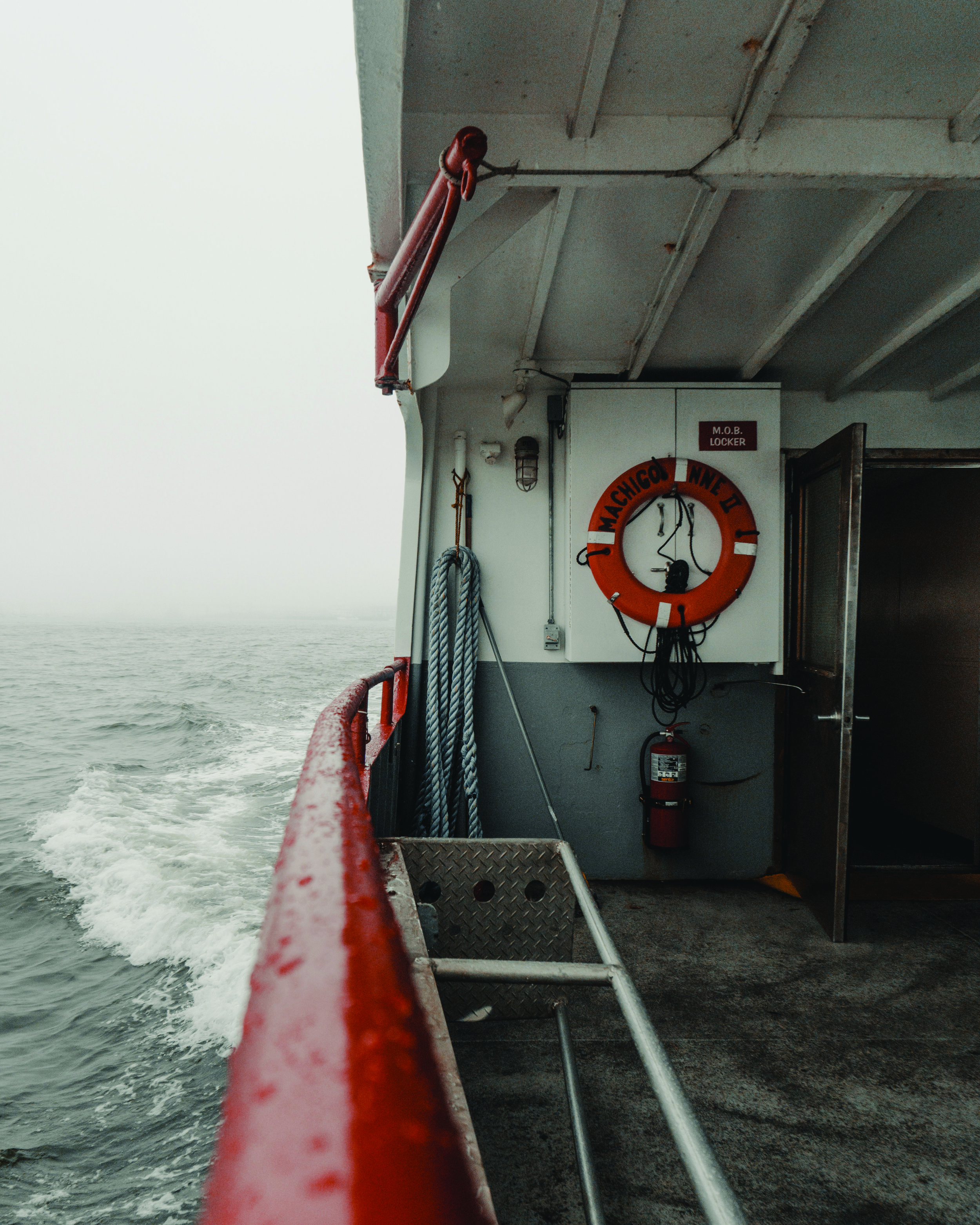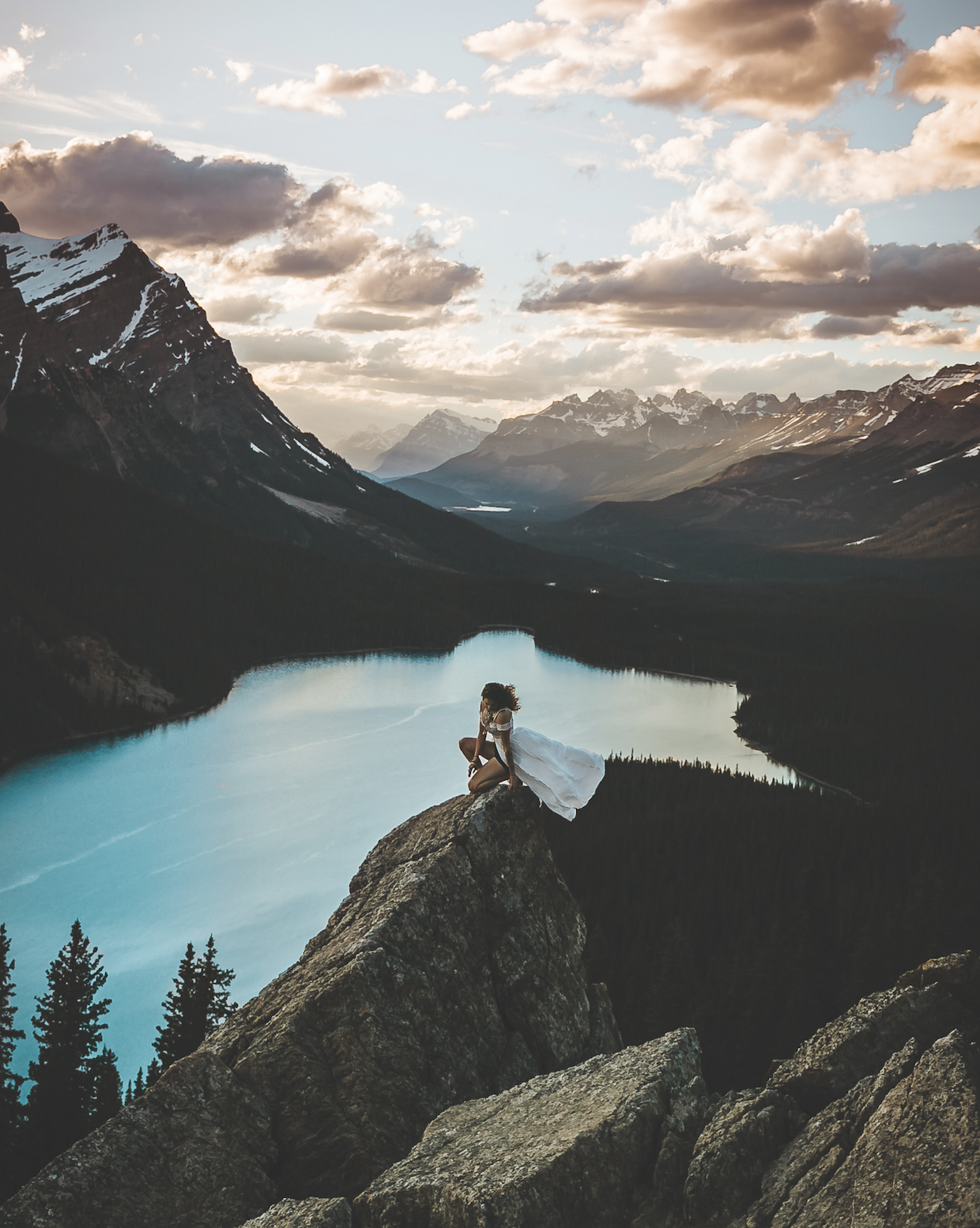Mike Kelley is a Maine native, Boston resident, and wanderlust at heart that stole our hearts with his calm landscapes, cloudy skies, and images of coastal New England culture.
Why do you explore? I explore for one simple reason, fear of missing out. There are so many places in this world, without exploring and putting myself out there I am scared that I will miss out on truly incredible experiences.
Why take risks in life? Life begins outside your comfort zone.
Where are you from? Manchester, Maine.
When you were growing up what or who did you want to be? Growing up...well as a kid...I wanted more than anything to be a paleontologist. I was very much obsessed with dinosaurs and fossils so it was my dream to search for them as a career. Coincidentally I also loved managing money...this is what lead me to the finance field.
Give us a story: 17,000 ft. That’s how high I was in the Bolivian Andes when I blacked out. No memory of the last 1,300 ft of hiking. If you know anything about me, I sometimes make spontaneous, questionable decisions, this was one of those…I arrived in La Paz Bolivia the night before, a city that sits at 11,000ft above sea level. Most people have a hard time breathing the first couple days in the city and many get sick from the lack of oxygen. For some reason, I was fine. I noticed some pressure in my lungs, but nothing I wasn’t already used to. I arrived to my hostel at 10pm on a Monday night, knowing full well that I had Tuesday free (I had planned to do the death road on Wednesday) I called up a local travel agency that was still open and booked a hike for the following morning. 7am I met up with my guide, Choco who didn’t speak a lick of English and we headed into the mountains. A two hour drive and we arrived at the mountain base. A hike with just over 4,000 ft of elevation gain. I can do this easy peasy I thought. We headed up. Within an hour my head ache was becoming unbearable, my vision began to blur, my stomach felt like it was being stabbed constantly by a knife. I had NEVER in my life felt so unbelievably uncomfortable. Symptoms I wouldn’t wish on my worst enemy. As stubborn as I was, I pushed forward, higher and higher. The symptoms got worse. Little did I know I was entering the early stages of a very serious condition, HAPE, High Altitude Pulmonary Edema. I pushed onward, until I couldn’t anymore. Choco braced me as I lay on the rocks and forced our trip back down the mountain. 17,113ft…I made it just 100 ft. from the summit he later told me in his broken English. This day changed my life, I realized the overwhelming power of nature, something I will never, ever doubt again. So let it be known, take risks in life, but make sure they are calculated or else you may never have the opportunity again.
READ THE FULL CONVERSATION IN FOLK’S SUMMER ISSUE | ORDER HERE


